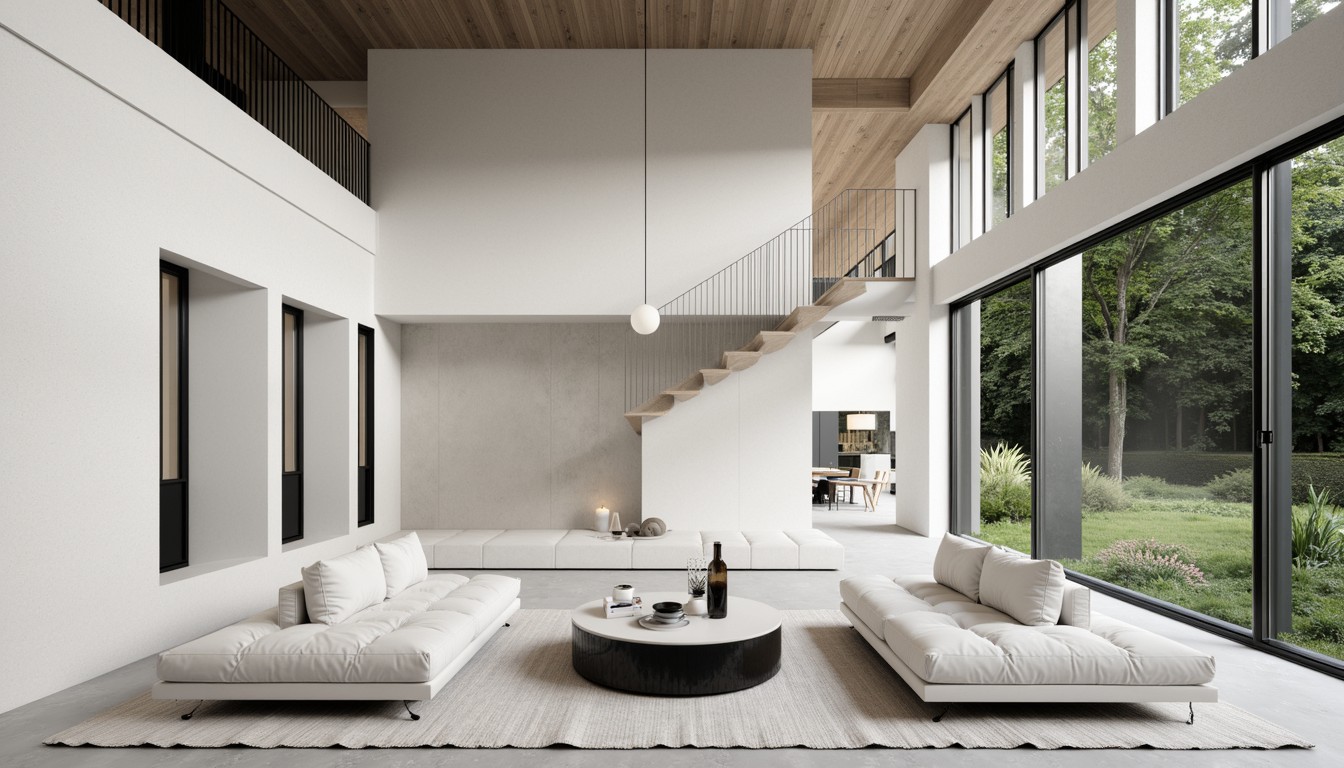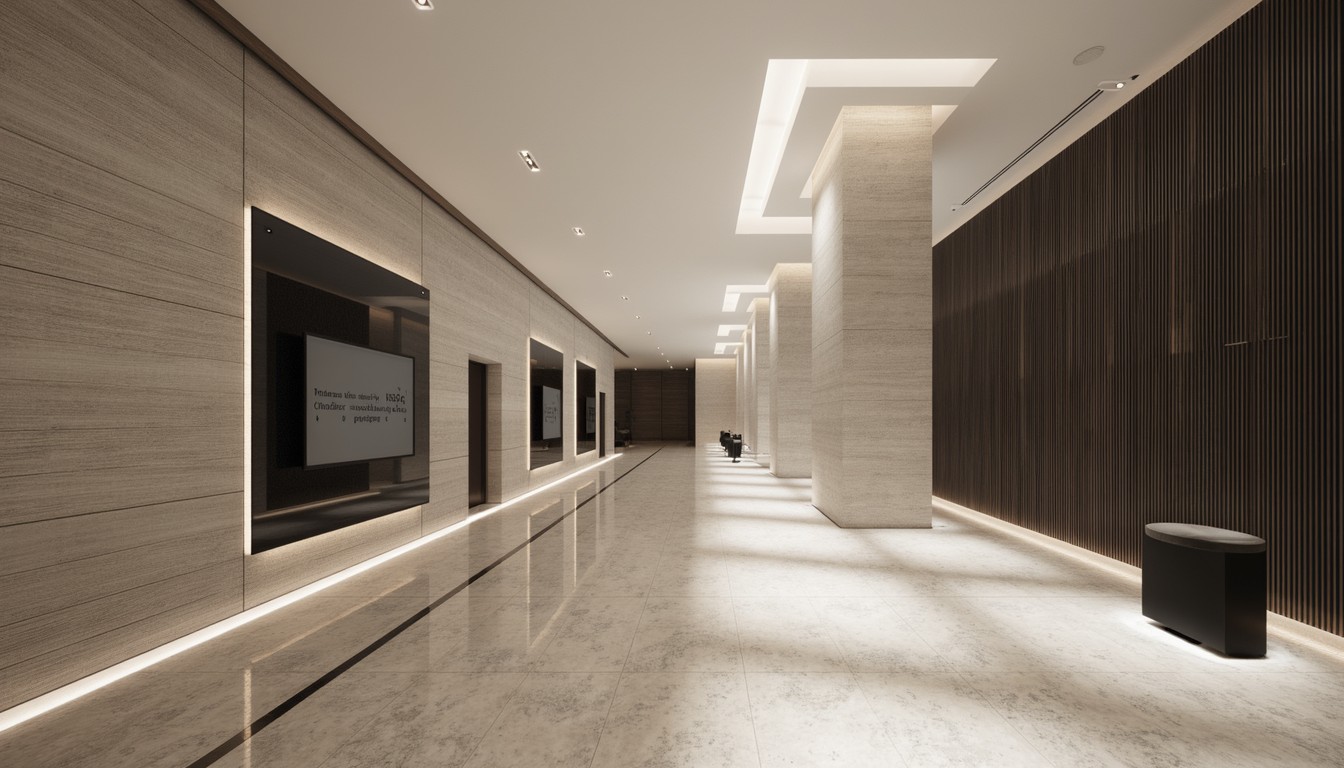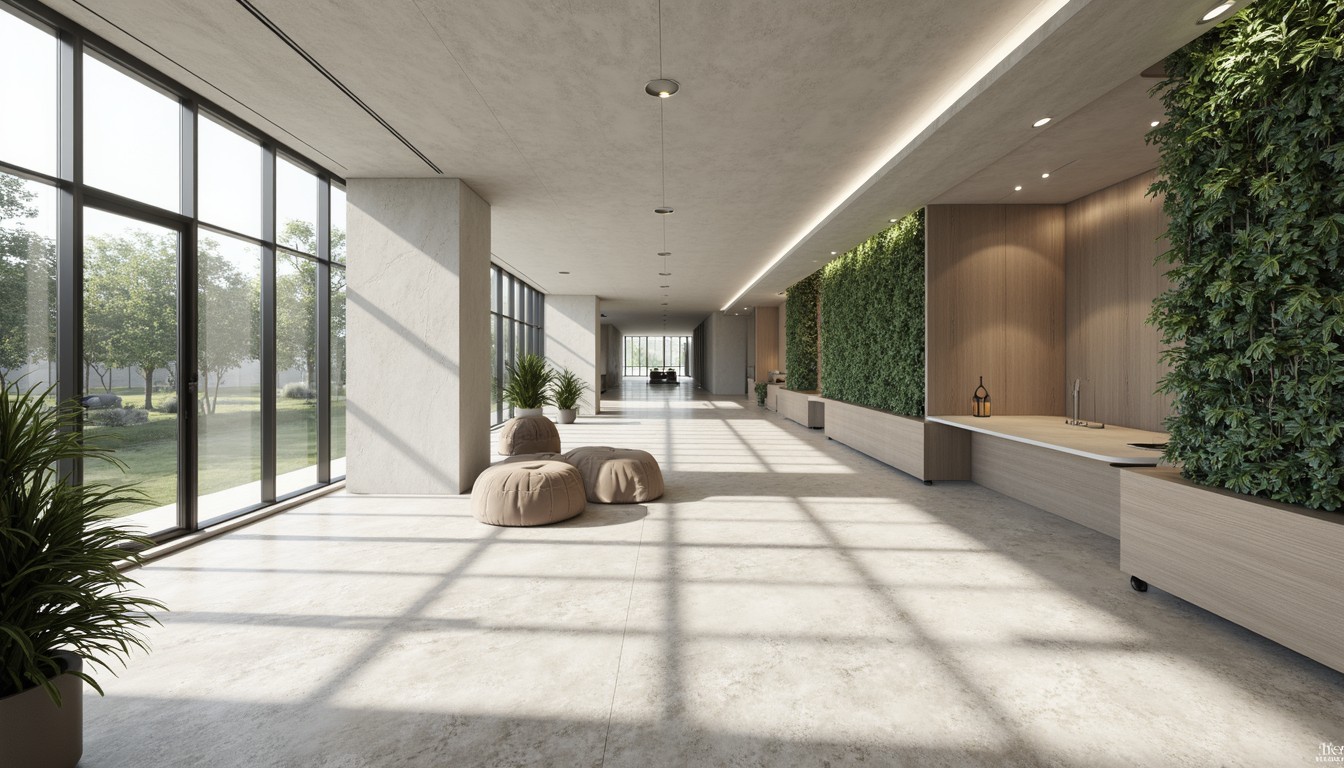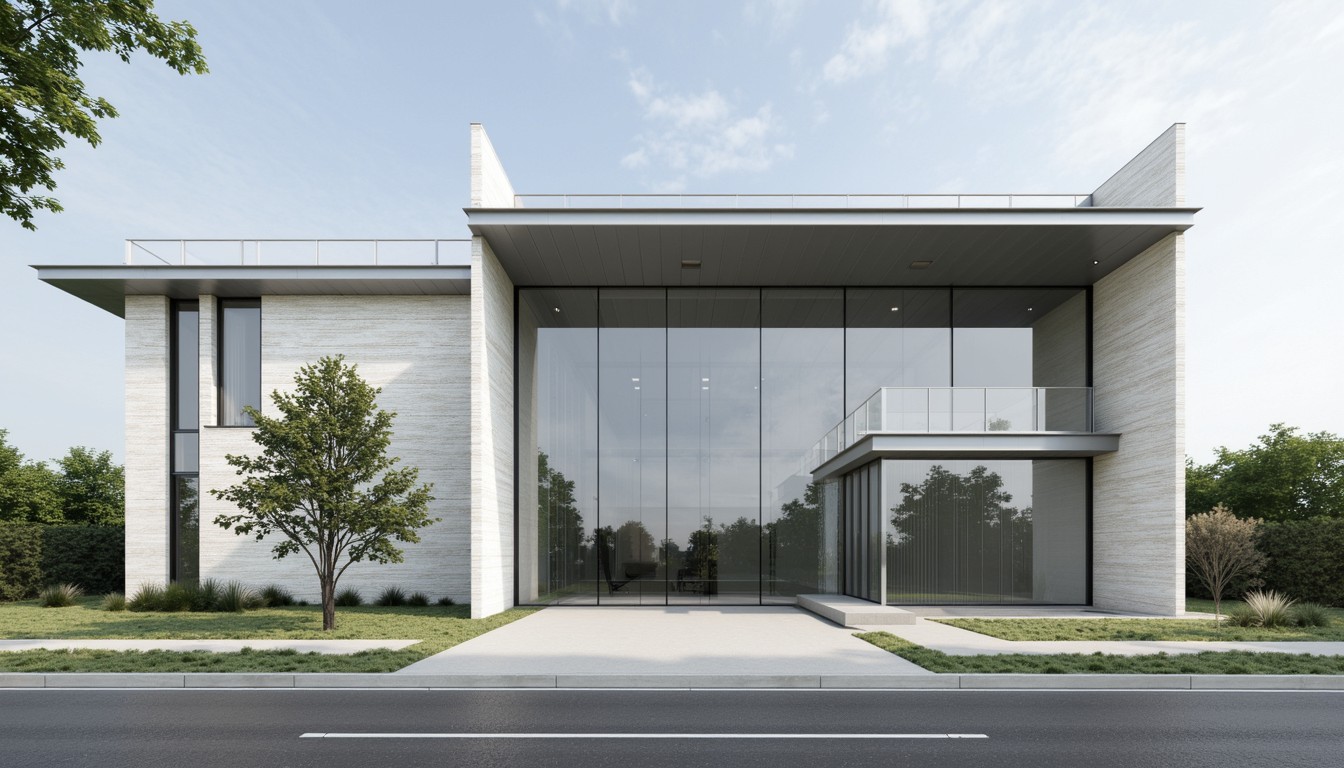Digital Transformation: Reshaping the Future of Architecture
The architectural landscape is undergoing a dramatic shift, driven by the relentless advance of digital technologies. No longer a luxury, digital transformation is a necessity for architects seeking to remain competitive, efficient, and innovative. This paradigm shift encompasses a wide range of tools and processes, fundamentally altering how designs are conceived, developed, and presented.
The Pillars of Digital Transformation in Architecture

Several key technologies underpin the digital transformation of the architecture industry. These include:
1. Building Information Modeling (BIM): The Foundation of Digital Design
BIM is arguably the cornerstone of modern architectural practice. It’s a process involving the creation and management of digital representations of physical and functional characteristics of places. This intelligent 3D model goes beyond simple visualization, containing data on every aspect of a building, from structural elements and materials to cost estimates and energy performance. BIM facilitates better collaboration among architects, engineers, contractors, and clients, leading to improved coordination, reduced errors, and cost savings throughout the project lifecycle. Software like Revit, ArchiCAD, and Vectorworks are integral to BIM workflows.
2. Virtual Reality (VR) and Augmented Reality (AR): Immersive Experiences for Design and Presentation
VR and AR technologies offer architects unparalleled opportunities to immerse clients and stakeholders in their designs. VR allows users to experience a building virtually before construction, enabling them to walk through spaces, explore different perspectives, and identify potential issues early on. AR overlays digital information onto the real world, allowing architects to visualize designs in context, for example, superimposing a proposed building onto an existing site using a tablet or smartphone. This enhanced visualization significantly improves client engagement and understanding.
3. Parametric Design and Generative Design: Exploring Design Possibilities
Parametric design utilizes algorithms and parameters to create designs that automatically adjust based on changes in inputs. This allows architects to explore a vast range of design options quickly and efficiently, optimizing for factors like structural integrity, energy efficiency, and cost. Generative design takes this a step further, using artificial intelligence to generate multiple design solutions based on defined constraints and goals, pushing the boundaries of creative exploration.
4. Cloud Computing and Collaboration Platforms: Streamlining Workflow
Cloud-based platforms like Autodesk BIM 360 and other similar services revolutionize collaboration by providing a centralized hub for project data. Architects and other stakeholders can access and modify project files from anywhere with an internet connection, fostering seamless communication and real-time updates. This significantly reduces reliance on email and physical file sharing, improving efficiency and reducing the risk of version control issues.
5. 3D Printing and Fabrication Technologies: Transforming Construction
While still emerging, 3D printing and other advanced fabrication technologies are poised to revolutionize construction. These technologies allow for the creation of complex architectural forms and components with greater precision and efficiency than traditional methods. This opens up possibilities for customized designs, sustainable building materials, and faster construction times.
Real-World Applications and Case Studies

The impact of digital transformation is already evident in numerous architectural projects worldwide. For example, the use of BIM in the construction of large-scale infrastructure projects has significantly reduced errors and delays, resulting in substantial cost savings. VR has been employed to present designs to clients in engaging ways, leading to increased client satisfaction and better project outcomes. The application of parametric design has allowed architects to optimize building designs for energy efficiency, minimizing environmental impact.
Challenges and Considerations
Despite its numerous benefits, digital transformation in architecture also presents challenges. The initial investment in software and hardware can be substantial, requiring architects to carefully consider their budget and resources. The need for specialized training and expertise can also pose a barrier to adoption. Furthermore, ensuring data security and protecting intellectual property in a cloud-based environment is crucial.
ArchNav: Leading the Way in Architectural Visualization

ArchNav understands the transformative power of digital technologies and leverages them to deliver exceptional architectural visualization services. Our team of expert architects and visualization specialists utilizes the latest software and techniques to create stunning and informative renderings, animations, and virtual tours that bring architectural designs to life. We embrace BIM workflows, VR/AR technologies, and advanced rendering techniques to provide our clients with the highest quality visualizations, helping them effectively communicate their designs and secure project approvals.
Conclusion
Digital transformation is not merely a trend; it's a fundamental shift in the way architecture is practiced. By embracing these innovative tools and techniques, architects can enhance their creativity, improve efficiency, and deliver exceptional results. ArchNav is committed to leading the charge in this digital revolution, offering cutting-edge visualization services that empower architects to succeed in this evolving landscape. Contact us today to discuss how we can help you harness the power of digital transformation for your next project.
